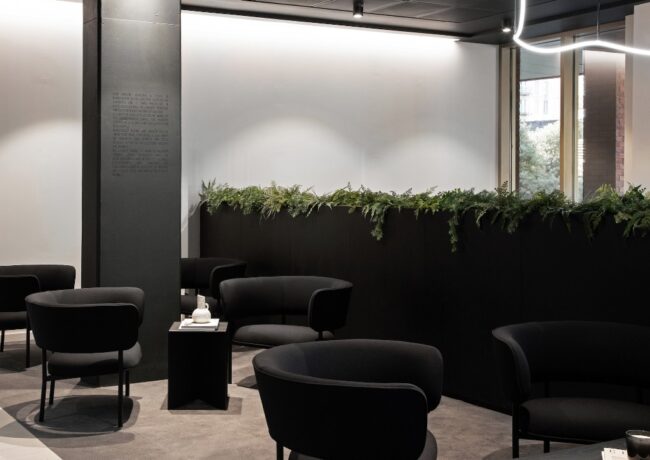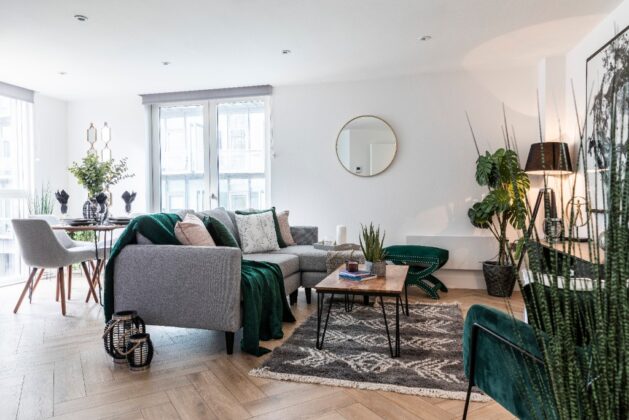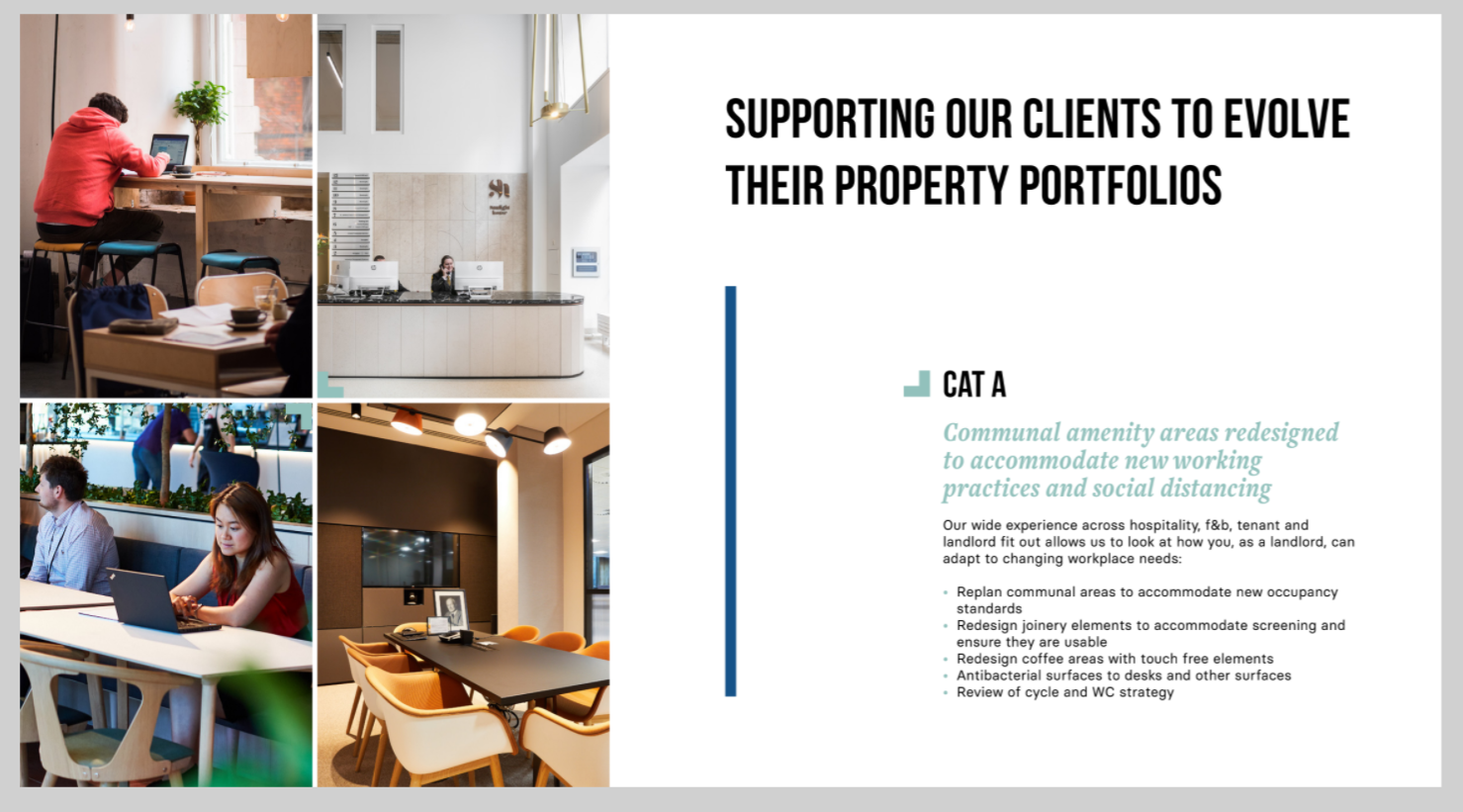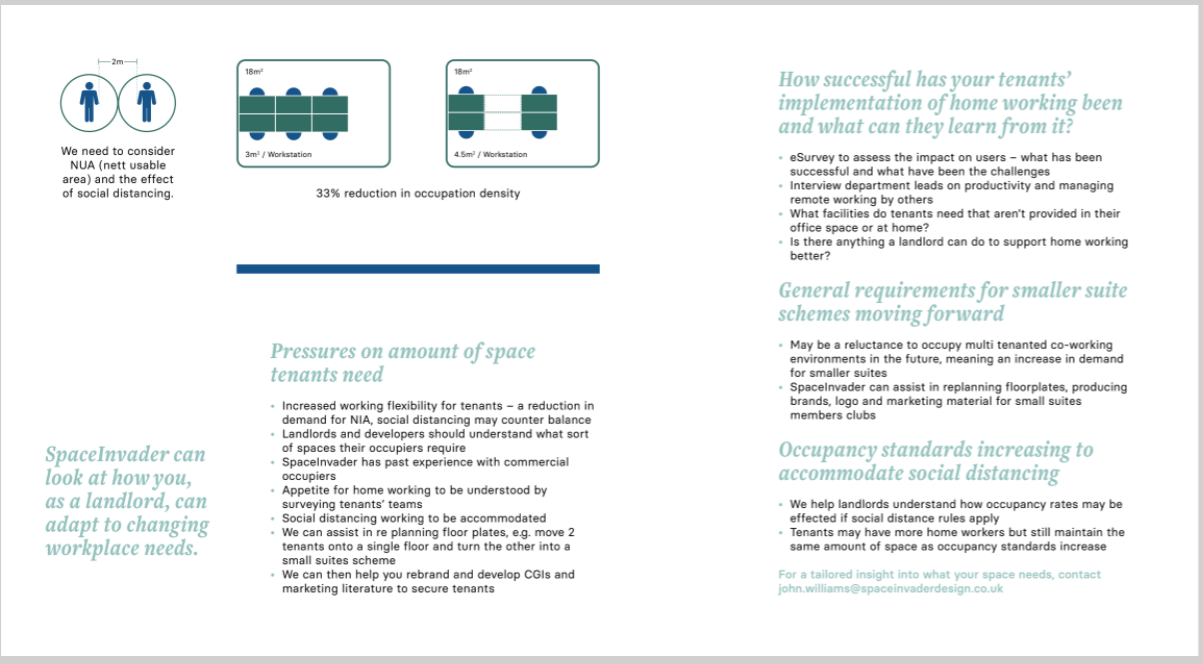Designers map future of interiors post lockdown
The characteristics that people demand from their work and living spaces are likely to shift in the wake of the Covid-19 lockdown, according to interior design experts.
Speaking to Place North West, Benjamin Hall, managing director of Manchester-based interiors firm Loft, predicted a move away from open-plan living and urged the design industry to adapt to the needs of the public.
He said: “The global lockdown has helped reinforce how important the quality of residential living really is. While working from home, we’ve realised how important it is to place a divider between our work and personal lives.
“Instead [of open plan living], separate spaces will be set up to create functional areas for different activities. It’s vital that everyone in the industry recognises how to respond to these changes.”
Liam McGroarty, director at Youth Studio, which designed the interiors of developer Mulbury’s 108-apartment Excelsior Works scheme, said that lockdown has led to a heightened awareness of our homes and a need for them to be as “multifaceted” as possible.
He said: “Moving forward, everyone will question what they want from a house with even more scrutiny. Will they want to live in a flat with no outdoor space? Will they want to live in an apartment block of 100+ apartments in which we share spaces with lots of other people?
“We predict the trend will be for smaller developments, with a focus on more personal spaces and where the shared spaces are shared with people you know.”
Gavin King, director at interior design firm Space Invader said that the move towards homeworking could prompt innovations in furniture design.
He said: “Not everyone has the space for a dedicated home office, so domestic furniture will need to adapt and double up to support work and domestic life. Employers will need to encourage and support homeworkers with processes and procedures to prevent bad posture and habits.”
Hall said that demand for build-to-rent developments will still exist after lockdown but that changes would have to be made.
“There will be a greater need for social distancing measures and we may have to redesign existing spaces to meet expectations and maximise residents’ wellbeing,” he said
Both Hall and McGroarty agreed that the increase in homeworking has prompted a fundamental change in what people require from their workspace, both at home and in a purpose built office.
For example, companies may embark on a move away from said the traditional office layout, McGroaty said. “The philosophy of [assigning] one person to one desk is dead. There will be calls for the office to be completely reinvented and workspace will evolve.
“With everyone much more [wary] of large offices filled to capacity, many people will choose not to be enclosed in these spaces, and we will definitely be questioning whether we’ve given people enough individual space when we’re designing layouts,” he said.
King agreed, saying that the Covid-19 pandemic could have a “huge impact” on workspace.
“From initial studies we’ve undertaken to re-plan workplaces in line with expected social distancing guidelines, we have demonstrated a reduction of between 33-50% in the density of occupations.
Click any image to launch gallery
“The workplace will need to focus on supporting the types of activities that people find harder to do whilst at home like collaborative brainstorming and face to face discussions.”
King added that the future for co-working companies like WeWork was uncertain as smaller companies may be unwilling to share space with others, preferring instead to take smaller offices for themselves. He said that landlords may choose to divide floorplates into smaller suites to meet this demand.
Hall, whose firm fitted out the interiors of Salford’s tallest tower, Anaconda Cut, said the coronavirus pandemic could spark a trend of “renovation over relocation” for homebuyers.
“Instead of buying properties with the space readily available, rooms could be reconfigured to enable flexible working at home,” he said.
“This means the need for enhanced storage solutions will grow, as people look to put their work away and fully focus on their home lives at the end of the day.”
The future of design and placemaking after Covid-19 will be discussed at Place North West‘s first virtual event, Redefining Business as Usual, at 10am on Thursday 7 May. The event is free to register and kindly sponsored by Luma Marketing.







